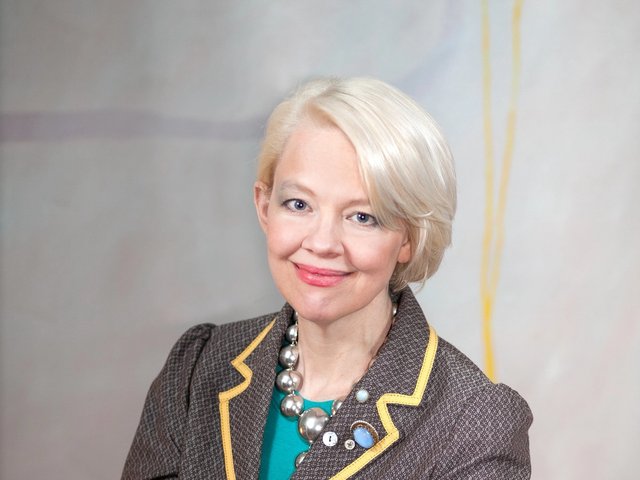The repercussions of the National Portrait Gallery’s (NPG) decision last month to remove the late David Wojnarowicz’s 1986/7 video A Fire in My Belly from the Smithsonian museum’s exhibition, “Hide/Seek: Difference and Desire in American Portraiture” (until 13 February)—at the request of a group of Republican congressmen and the Catholic League—continued to ripple across US arts institutions. The most high profile condemnation of the self-censorship came from the Andy Warhol Foundation, which has threatened to cut its funding to the Smithsonian if the video is not reinstated.
In a letter to G. Wayne Clough, the secretary of the Smithsonian who made the decision to remove the work, Warhol Foundation president Joel Wachs said that the foundation cannot stand by and “watch the Smithsonian bow to the demands of bigots”. The foundation is a sponsor of “Hide/Seek” and has donated around $375,000 to various Smithsonian exhibitions.
The first reaction to the work’s removal came from Washington, DC’s Transformer Gallery, which screened the work and organised a protest in front of the NPG. Participants wore paper masks of Wojnarowicz’s face.
The American Association of Museum Directors joined in the condemnation of the Smithsonian’s move, calling it “unwarranted and uninformed censorship”. Martin Sullivan, the director of the NPG, said: “It would have been better if that hadn’t happened,” adding that the Smithsonian “knows that the next year or two are going to bring some tough questions about funding”.
New York’s PPOW gallery, which works with the Wojnarowicz estate, said 52 institutions worldwide, including London’s Courtauld and New York’s New Museum, were screening the video in protest. A march was being organised by activist group Art+ to the Smithsonian’s Cooper-Hewitt design museum in New York as we went to press.
Originally appeared in The Art Newspaper as ‘Capital cave-in'


